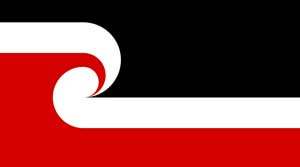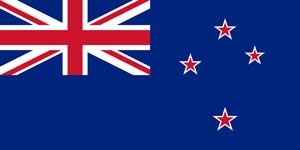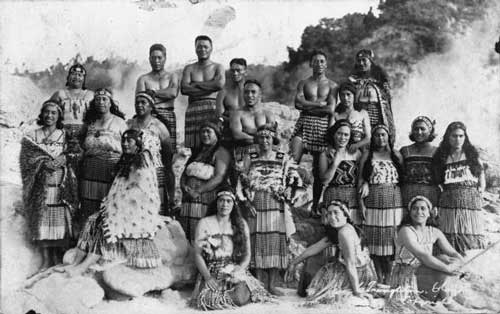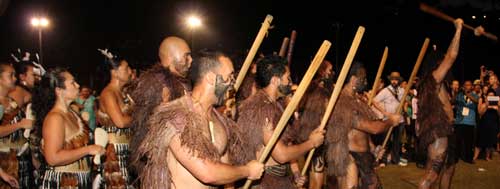Map
Flags

Maori

New Zealand
Quick facts
Official Name: New Zealand
Indigenous Peoples: Māori (tangata whenua – the people of the land)
Official Languages: Māori, English
Political Status: Citizens of New Zealand
Capital: Wellington
Population: 500,000 Māori (living in New Zealand)
Greeting: Kia ora
History and geography

Before World War II, most Māori lived with other members of their tribes in rural areas of New Zealand. During the 1940s, many young Māori not eligible for military service worked in industries in the cities. From the 1950s, there was a growing demand for labor in the cities, and by 2013, 84% of Māori were living in towns or cities. Most headed to the cities in search of work, but they were also hoping for money, fun and adventure. Initially, some Pākehā (New Zealanders of European descent) resisted the migration of Māori, but over time, friendships developed and intermarriage increased. The government encouraged Māori to leave rural areas, and to adapt to European society. By the 1960s, there was a generation of young Māori who had been born in the cities. Many did not know about their tribal roots.
Ancestors of Māori arrived on canoes from Pacific islands before 1300 AD. Settling first on the coast, they hunted seals and moas (large birds). Then they also began to grow food, and some moved to the forests. They lived in small tribal groups, with a rich culture of spoken stories and strong traditions of warfare. Their ancestors and the gods of the natural world were very important.
The arrival of Europeans from the early 1800s had a major effect on these early communities. Among the newcomers were missionaries, and many Māori became Christians. They learned to read and began trading, especially in pigs and potatoes. In 1840 the Treaty of Waitangi established British law and government, but it could not prevent warfare in the 1840s and 1860s, as Māori sought to defend their lands and local authority. After the wars, Māori lost land through confiscation and sale, mostly to British settlers.
In the first half of the 20th century, important leaders such as Āpirana Ngata and Te Puea Hērangi worked to make life better for Māori and to revive the culture. There was a new interest in the language and in arts such as carving and weaving.
After World War II many Māori moved to the cities in search of jobs. In the 1970s and 1980s groups protested about their rights to land, and helped promote the language and culture. Important events were a march down the North Island to Parliament in 1975, setting up the Waitangi Tribunal in 1975 to look at land claims, and protesters occupying Bastion Point in Auckland in 1977–78. In 2004, there were over 500,000 Māori people, mostly living in cities. There were kōhanga reo (preschool language nests) and schools using the Māori language, a Māori television station and 20 radio stations, 16 Māori members of Parliament, and many creative projects in film, music and art.
Arts and culture

Māori are well known for their fierce dances. Kapa haka are traditional Māori dances performed by a group standing in rows. Tribes’ reputations were based on their ability to perform haka (dances) and the expertise of the haka leader. There are many different types of haka, appropriate for different occasions. Waiata (songs) are also an important part of kapa haka. Traditionally, the first kapa haka was associated with the chief Tinirau. He told a group of women to perform for his enemy, Kae.
Māori storytelling, carving and weaving are also important cultural traditions.
